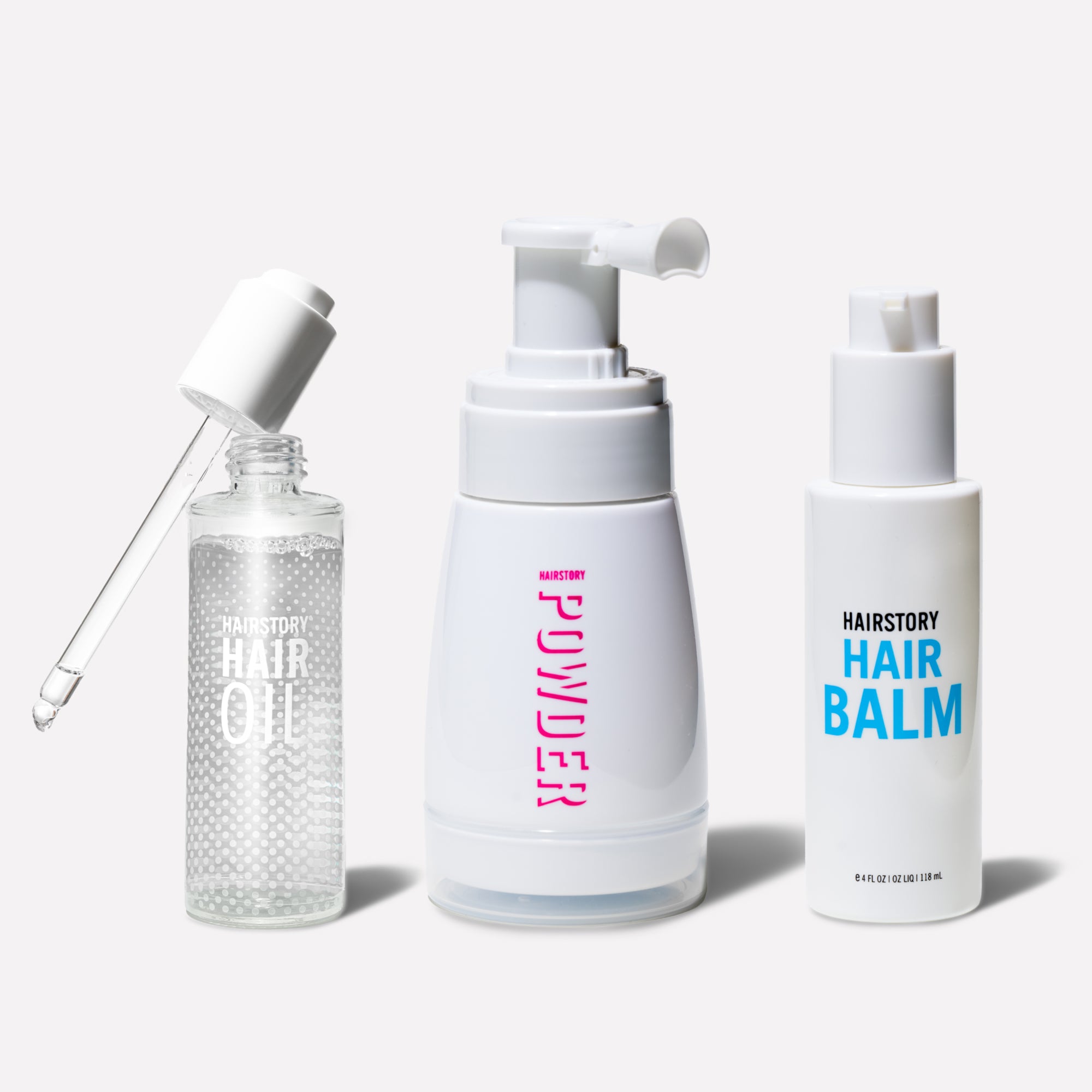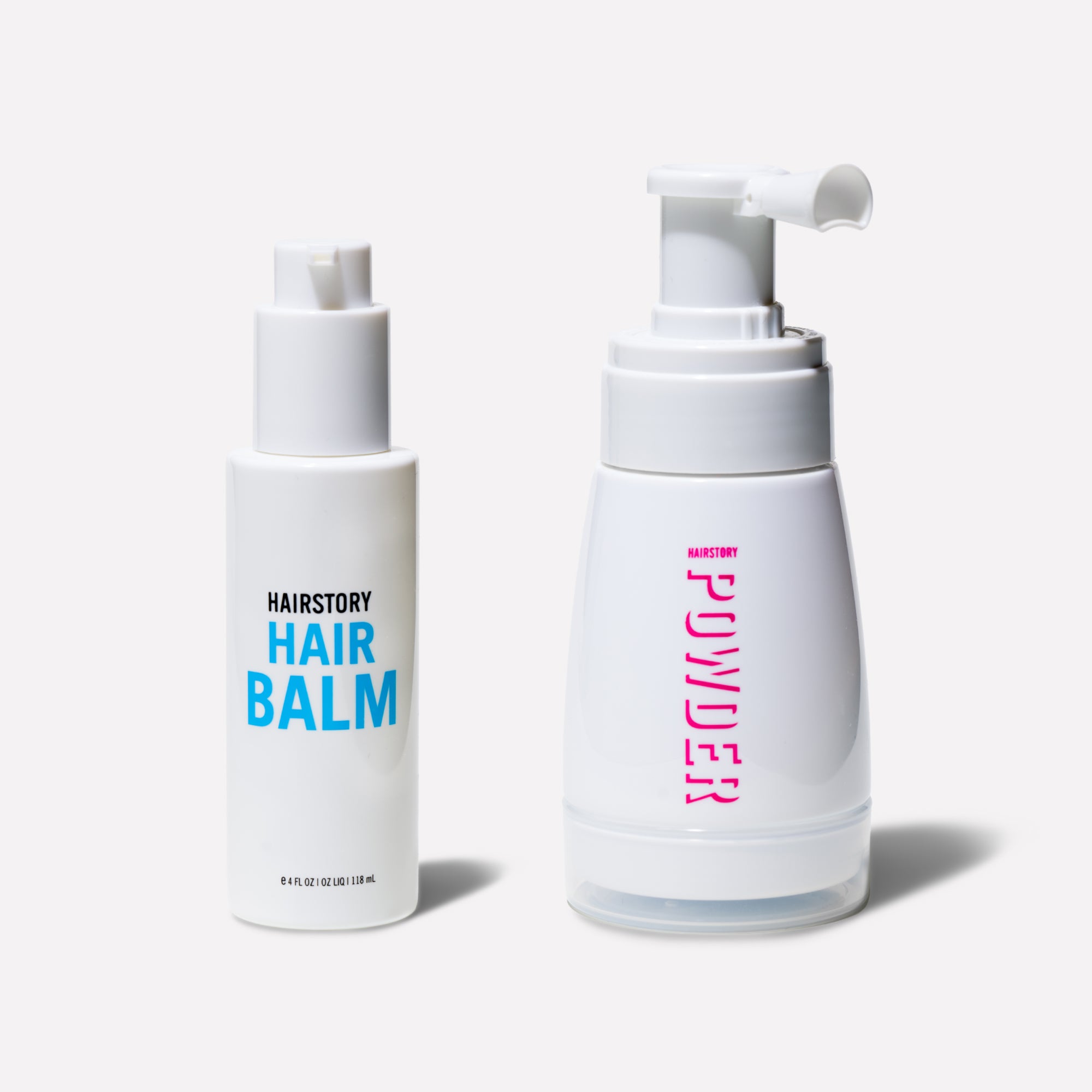These Ingredients Do Not Belong in Your Hair
Debates rage about which ingredients belong in our hair and on our skin – and confusion reigns, especially in the US. Elsewhere, regulations are far more stringent and take a guilty-until-proven-innocent approach.
Here are some tips as you navigate product labels and know about bad ingredients in shampoo. We're here to help you find a hair cleanser that doesn't have a single paraben, sulfate, or other harmful ingredient in it.
Not all ingredients are created equal. Taking a single one out of context and looking up a general definition is deceptive and only part of the story. It’s the combinations that count. EWG (Environmental Working Group) is a valuable reference for consumers interested in learning more about ingredients in general. However, one must evaluate ingredients in the context of a formula – how they act together, why they were chosen, and their percentage of the total.
Are Personal Care Products Being Tested For Safety?
According to EWG: Cosmetics companies can put just about anything in their products – even chemicals associated with cancer and endocrine disruption. Think your lipstick, toothpaste, and lotion have been tested for safety? Think again. It has been more than 80 years since Congress updated cosmetics regulations in the U.S. But… Congress is considering new legislation that would give the Food and Drug Administration the power to review risky ingredients.
Think your lipstick, toothpaste, and lotion have been tested for safety? Think again.
From the FDA (Food and Drug Administration) website: Under the Federal Food, Drug, and Cosmetic Act (FD&C Act), cosmetic products and ingredients, other than color additives, do not need FDA approval before they go on the market.
This is exactly why EWG encourages product users to contact our representatives to pass new legislation, and have labeled their advocacy campaign #makebeautybetter.
* * *
Meanwhile, from the start, we wanted Hairstory products to comply with global regulations that are more stringent than those in the US. And although they are not yet available in every country in the world, they are formulated to be. But that wasn’t our only motive. We dreamed of a line of products that are as “clean” as they can be, natural if not organic, and as non-toxic to humans and our environment as possible.
Why doesn’t everybody think this way? Well, it isn’t so easy. Sourcing pure ingredients for a hair product takes time. Procuring the highest-quality ingredients takes money. Fragrances alone require complex chemistry. Any company developing products on the fly and on the cheap are likely to make compromises.
Take shampoo, for example. Most are made primarily with water, as are most liquid products, and one of many off-the-shelf detergent systems created by chemical suppliers. Natural or botanical ingredients can be added for marketing purposes rather than function, and a fragrance tops it off, most often synthetic. Some natural ingredients like essential oils are very beneficial for hair care and knowing what essential oils are good for hair can help you find the right product.
New Wash, on the other hand, wasn’t made by choosing ingredient compounds from a menu. Instead of detergents, we tested a number of essential oils combined with Aloe Vera and fatty cleansers to dissolve impurities in an entirely different way. Sure, we used water, but we infused it with roses (which do more than smell great) and tasked our fragrance house to design one made of essential oils, whatever the extra cost – and list them on our packaging even though we are not required to in the US. As traditional, synthetic fragrances often contain allergens and phthalates, was it worth it? Absolutely. Our non toxic shampoo is something we can hang our hat on.
* * *
Bad Ingredients in Shampoo to Watch Out For
Here are some problematic ingredients to watch out for:
Urea
Urea is an organic waste compound produced by our bodies. Urea in haircare, however, is made in the laboratory from ammonia and carbon dioxide and used to slow moisture loss from a product during use, to extend shelf-life, and to maintain pH as other ingredients are added. It also slightly alters skin structure to help active ingredients penetrate deeper to increase their effectiveness, and increases moisture content in the top skin layers to make it softer and more supple. However, Urea can release formaldehyde, a human carcinogen. Forms to avoid:
• Diazolidinyl urea
• Imidazolidinyl urea
• DMDM hydantoin
• Sodium hyroxymethylglycinate
Parabens
Commonly used in foundations, moisturizers, and shampoos as preservatives (The FDA does not have special rules that apply only to preservatives in cosmetics), studies have shown that these chemicals, especially “long-chained” ones, can mimic the activity of the hormone estrogen in the body’s cells. Estrogenic activity is associated with certain forms of breast cancer, and parabens have been found present in breast tumors.
Phthalates
Phthalates are a group of chemicals used in hundreds of products, such as toys, vinyl flooring and wall covering, detergents, lubricating oils, food packaging, pharmaceuticals, and personal care products, such as nail polish, hair sprays, aftershave lotions, soaps, and shampoos. Often hidden under the ingredient listed as ‘fragrance,’ they can – according to animal studies – damage the liver, kidneys, lungs, and reproductive system, particularly the developing testes.
Regulations do not require the listing of the individual fragrance ingredients; therefore, the consumer will not be able to determine from the ingredient declaration if phthalates are present in a fragrance.
Diethylphthalate (DEP) is the only phthalate still commonly used in cosmetics as a solvent and fixative in fragrances. The FDA states: Regulations do not require the listing of the individual fragrance ingredients; therefore, the consumer will not be able to determine from the ingredient declaration if phthalates are present in a fragrance. Also, because the Fair Packaging and Labeling Act (FPLA) does not apply to products used exclusively by professionals – for example, in salons – the requirement for an ingredient declaration does not apply to these products.
Sulfates
Sulfates are aggressive detergents made of sulfur-containing mineral salts. The most common are Sodium Lauryl Sulfate (SLS) and Sodium Laureth Sulfate (SLES). Sulfates are powerful, cheap and everywhere – not just in lathering shampoos, body washes, face cleansers, and toothpastes, but also in household cleaners, laundry detergents, and dish soaps. In fact, because they are so effective, sulfates are also used in the manufacturing and construction to degrease heavy machinery. The problem in shampoo? By stripping all the protective oils from your scalp and hair, sulfates overshoot the mark. They are too aggressive.
• They wash away natural proteins and water-proofing sebum on the scalp.
• They lift the cuticle of the hair and leave the cortex vulnerable.
• They can cause scalp irritation or skin irritation, which can lead to hair loss.
• They can cause follicle stress, which can lead to weak hair growth.
Although many products are now labeled “sulfate-free,” many of them rely on chemical compounds that are only an atom or two away from a true sulfate. Check your labels for these common forms of sulfates and their close cousins, “sul-fakes”
• Sodium Lauryl Sulfate (SLS)
• Sodium Laureth Sulfate (SLES)
• Sodium Lauryl Sulfoacetate
• Sodium Lauroyl Isoethionate
• Sodium Lauroyl Taurate
• Sodium Cocoyl Isoethionate
• Sodium Lauroyl Methyl Isoethionate
• Sodium Lauroyl Sarcosinate
• Disodium Laureth Sulfosuccinate
* * *
The following list of “stuff we don’t want on our heads” is what we provided to our chemists at the start of the development of our products.
Before we go into the shampoo ingredients to avoid, you should learn about ingredients commonly found in non toxic shampoo like keratin or jojoba oil. If you've asked yourself what keratin does or is jojobo oil good for hair, we go in-depth on each topic. Knowing what natural ingredients are beneficial for hair is just as important as knowing what harmful chemicals to avoid. We hold ourselves to the stringent EU and Australian standards of “safe before sorry” over the US policy of “Oops. Sorry it wasn’t safe:”
aliphatic alcohols/hydrocarbons
alkanolamines
aluminum and alumina
amines
animal ingredients
artificial preservatives
artificial fragrance
bromates
colorants
DEA
diglycols
elastomer
fluor
fumarates
glycols
metacrylate
nitrates
nitriles
nitrosam
nitrosamine releasers
nylon
PABA and synthetic sunscreens
PEGs
PPGs
parabens
petrochemicals
phthalates
poloxamer
polyacrylamide
polyquaternium
sulfate detergents
styrene
synthetic AHAS/BHAS
synthetic chelating agents
TEA
urea
vinyl
* * *
So, be vigilant and do your best to get clean with the “cleanest” products you can find, and say goodbye to harmful chemicals and synthetic fragrance. There are many ingredients that are beneficial for hair care like peppermint oil or keratin. Learn more about the benefits of peppermint oil for hair here. What you put on your body is just as important as what you put in it.















































